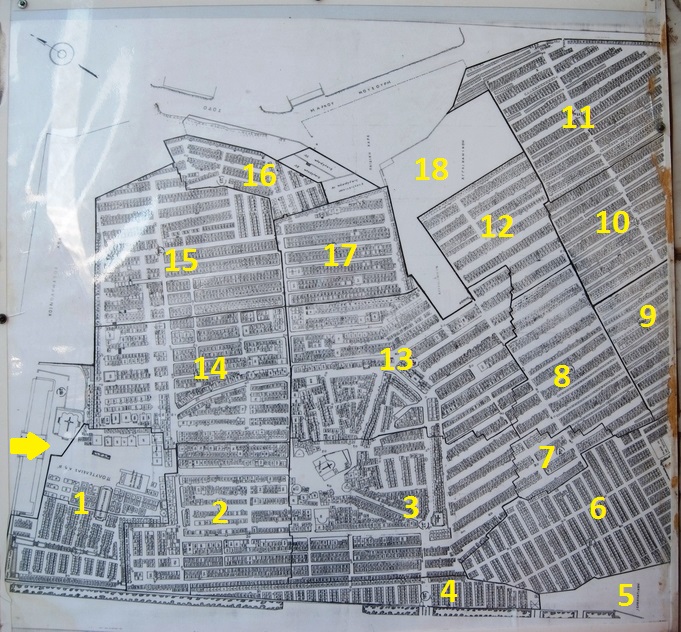
The entrance to the cemetery.

The entrance to the cemetery

Mausoleum of Heinrich Schliemann

The mausoleum of Heinrich Schliemann carries representations of the Trojan War.

Averof family memorial

Pesmatzoglou mausoleum

The Mother of Occupation (K. Valsamis)

Lempesis (left) and Apazoglou (right) family memorials

Aeginitis mausoleum

Syngros mausoleum

Karapanos memorial (1875)

The "Sleeping Maiden" by Giannoulis Chalepas (1878)

The palmette column, A. Korais memorial (I. Malakate)

G. P. Stalbotzis memorial (G. Bonanos)

Bostandzoglou family memorial (Th. Lazaris)

Kouppas family memorial

Spatharis family memorial (1926, G. Dimitriadis the Athenian)

The memorial of General Makrygiannis

The Jewish cemetery
![Othon Stathatos memorial (1922, A. Mastoris, I. Armakolas [sculptors], V. Kouremenos [architect])](https://bonflaneur.com/wp-content/uploads/2020/06/93-21.jpg)
Othon Stathatos memorial (1922, A. Mastoris, I. Armakolas [sculptors], V. Kouremenos [architect])

Greiving spirit (1872, I. Vitsaris)

Verssis family memorial

G. Diamantopoulos family memorial (I. Chaldoupis)

Eftychia Moschona memorial (1909, N. P. Georgantis)

Diamantopoulos family memorial (1917, N. Stergiou)

Maria Deligianni memorial (1883, I. Vitsaris)

Angel (G. Dimitriadis)

Tetenes family memorial (1932, Th. Thomopoulos)

Grammatikopoulos family memorial

Pavlos Pavlopoulos memorial (1890, I. Vitsaris)

Athinogenous family memorial (1910, P. Roumpos)

The Protestants cemetery

The most important funerary sculptures are found in sections 1, 2, 3, 13, 14, 15 and 17. In 5 and 18 are the Jewish and Protestant cemeteries respectively.
❮
❯





















![Othon Stathatos memorial (1922, A. Mastoris, I. Armakolas [sculptors], V. Kouremenos [architect])](https://bonflaneur.com/wp-content/uploads/2020/06/93-21.jpg)















Share